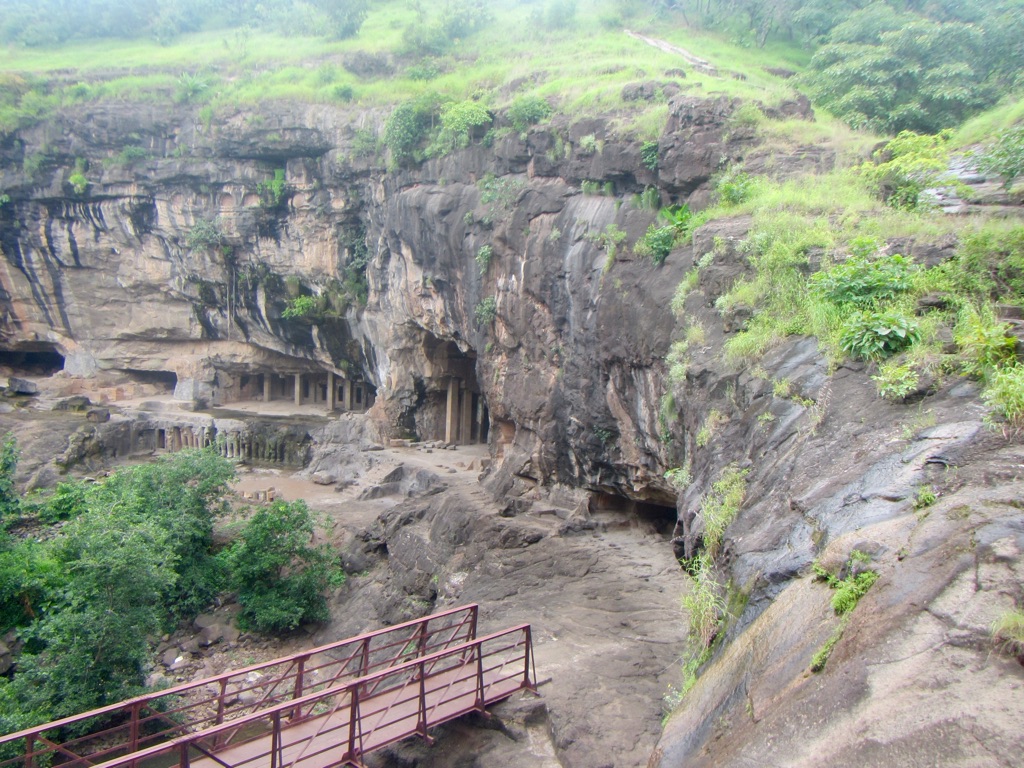The Pitalkhora Caves, nestled in the Satmala range of the Western Ghats of Maharashtra, India, are a group of ancient rock-cut caves. They are renowned for their early Buddhist architecture, inscriptions, and artwork. These caves, dating from the 2nd century BCE to the 5th century CE, offer a glimpse into the life and religious practices of the time. The site comprises fourteen caves that served as monasteries (viharas) and shrines (chaityas) for Buddhist monks. The caves are remarkable for their elaborate facades, sculptures, and inscriptions, which reflect the influence of the Hinayana phase of Buddhism. The remote location and the unique architectural elements make Pitalkhora Caves an important archaeological site for understanding early Indian rock-cut architecture.
Get your dose of History via Email
Historical Background of Pitalkhora Caves
The discovery of Pitalkhora Caves dates back to the 19th century when they were first reported by James Burgess in 1880. The caves were built by Buddhist monks, with the earliest ones dating to the 2nd century BCE. They are among the earliest examples of rock-cut architecture in India. The caves were inhabited and expanded upon over several centuries, reflecting the evolving practices and artistic styles of Buddhism.
Local rulers and wealthy merchants likely funded the construction of the caves. The inscriptions found within suggest patronage from various donors, including individuals from the royal family. The caves served as a significant monastic complex during their time. They provided a secluded environment for monks to live, study, and worship.
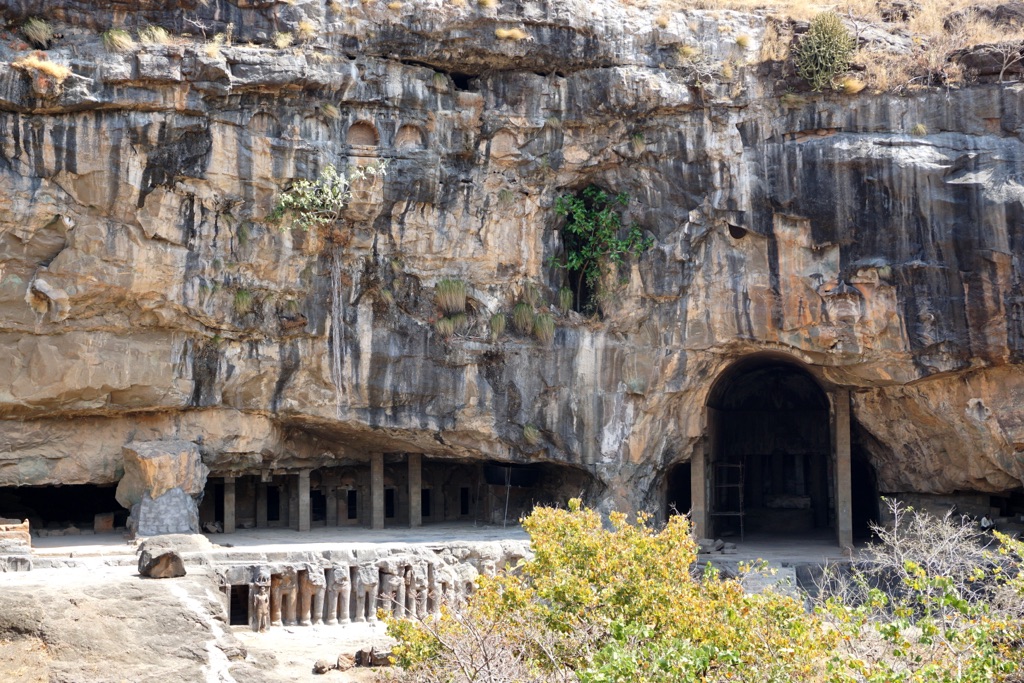
Over time, the Pitalkhora Caves witnessed periods of decline and rediscovery. They fell into disuse and were later inhabited by local tribes. The caves became obscured by dense jungle growth, which contributed to their preservation. It wasn’t until the British colonial period that they were rediscovered and documented.
The caves have not been the scene of any historically significant events recorded in texts. However, they stand as a testament to the spread of Buddhism across India. They also show the interaction between different cultural and religious groups during the ancient period.
Despite their historical significance, the Pitalkhora Caves are less visited compared to other cave complexes in India. This has helped in preserving their original artwork and inscriptions. The site continues to be an important subject for archaeological and historical research, offering insights into early Indian history and Buddhist practices.
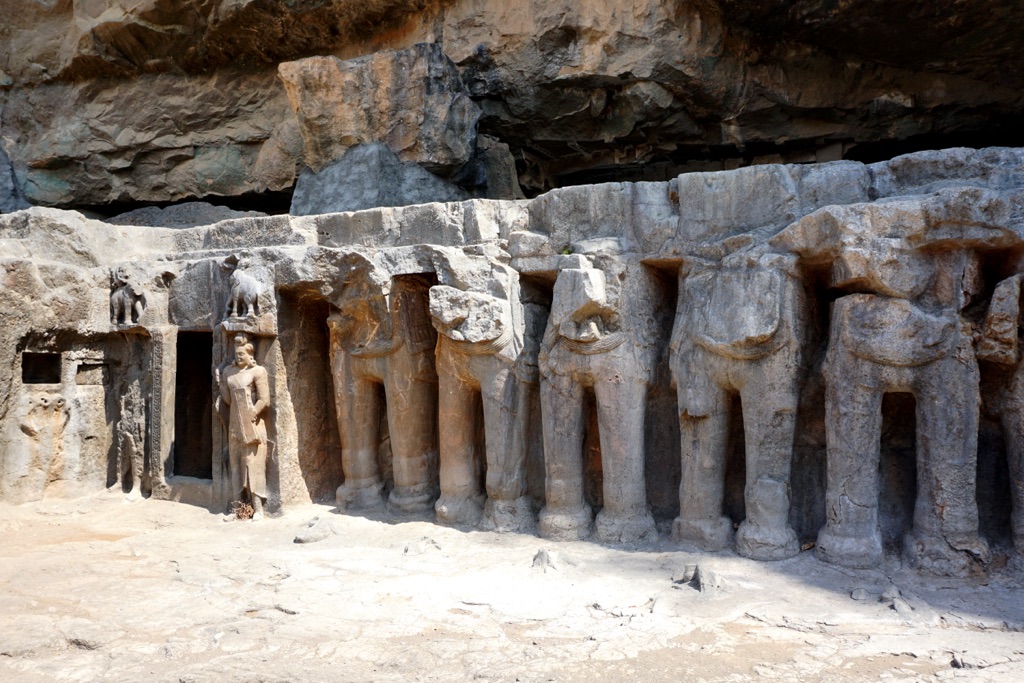
About Pitalkhora Caves
The Pitalkhora Caves are carved into a rocky cliff and consist of fourteen caves, including both viharas and chaityas. The caves are cut into the basalt rock, characteristic of the Deccan Traps. The architecture and art of the caves are predominantly influenced by the Hinayana tradition of Buddhism.
The caves are known for their structural ingenuity and the use of natural light. The architects utilized the rock’s contours to create multi-storied buildings with intricate facades. The chaityas feature vaulted roofs and stupa structures, while the viharas contain living quarters for the monks. The site also includes water cisterns and rock-cut steps, showcasing the practical aspects of monastic life.
Artistically, the Pitalkhora Caves are adorned with sculptures, reliefs, and murals. The carvings depict various Buddhist deities, scenes from the Jataka tales, and inscriptions in Brahmi script. The artwork provides valuable information about the iconography and stylistic development of early Buddhist art.
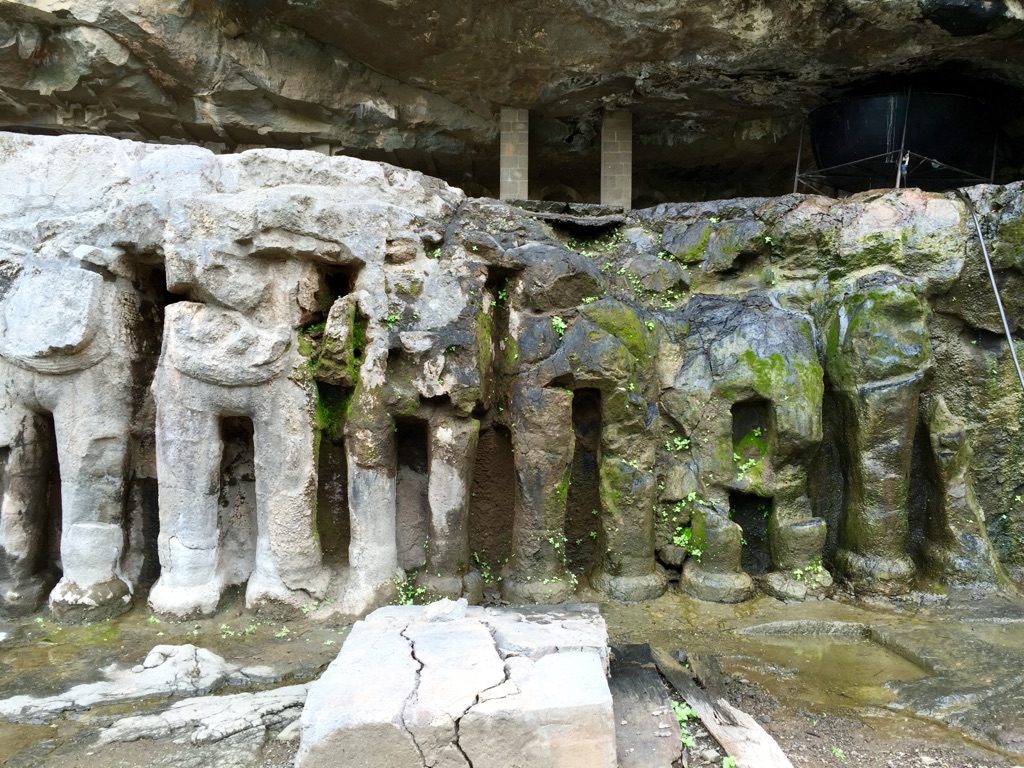
Despite the ravages of time and nature, many of the caves’ architectural features remain intact. The facades of the caves are particularly noteworthy, with their elaborate ornamentation and rock-cut pillars. The caves’ interiors, although damaged, still bear traces of the original paintings and inscriptions.
Conservation efforts have been undertaken to preserve the Pitalkhora Caves. The Archaeological Survey of India (ASI) has worked to stabilize the rock formations and restore damaged structures. These efforts ensure that the caves remain a source of historical knowledge and cultural heritage for future generations.
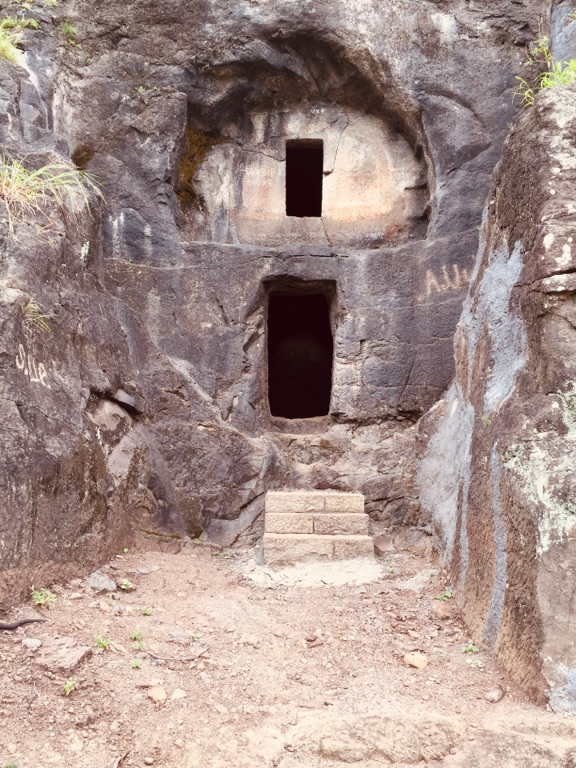
Theories and Interpretations
The purpose of the Pitalkhora Caves has been subject to various interpretations. The consensus is that they served as monastic dwellings and places of worship. The presence of chaityas and viharas supports this view. The caves provided a tranquil setting for meditation and religious discourse.
Some theories suggest that the caves were part of a trade route. Merchants and travelers may have used them as rest stops. The inscriptions indicating donations from various individuals lend credence to this theory. They suggest a connection between the monastic community and the lay population.
Mysteries surround the iconography and inscriptions found in the caves. Researchers have worked to match these with historical records. The inscriptions have been crucial in understanding the patronage and social context of the caves’ construction.
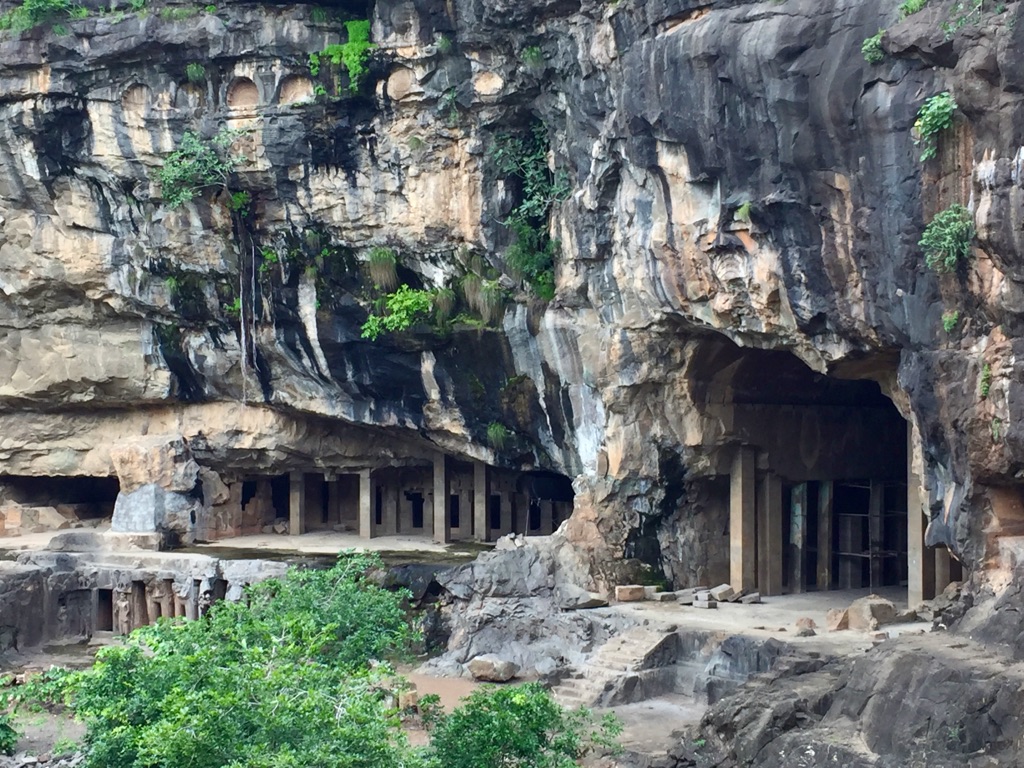
Dating the caves has been a complex task. Archaeologists have used stylistic analysis of the art and inscriptions to estimate their age. The use of the Brahmi script and the architectural style have been key in this analysis.
Interpretations of the Pitalkhora Caves continue to evolve as new research sheds light on their history. The site remains an important piece in the puzzle of India’s ancient past. It offers a window into the religious, social, and economic life of the time.
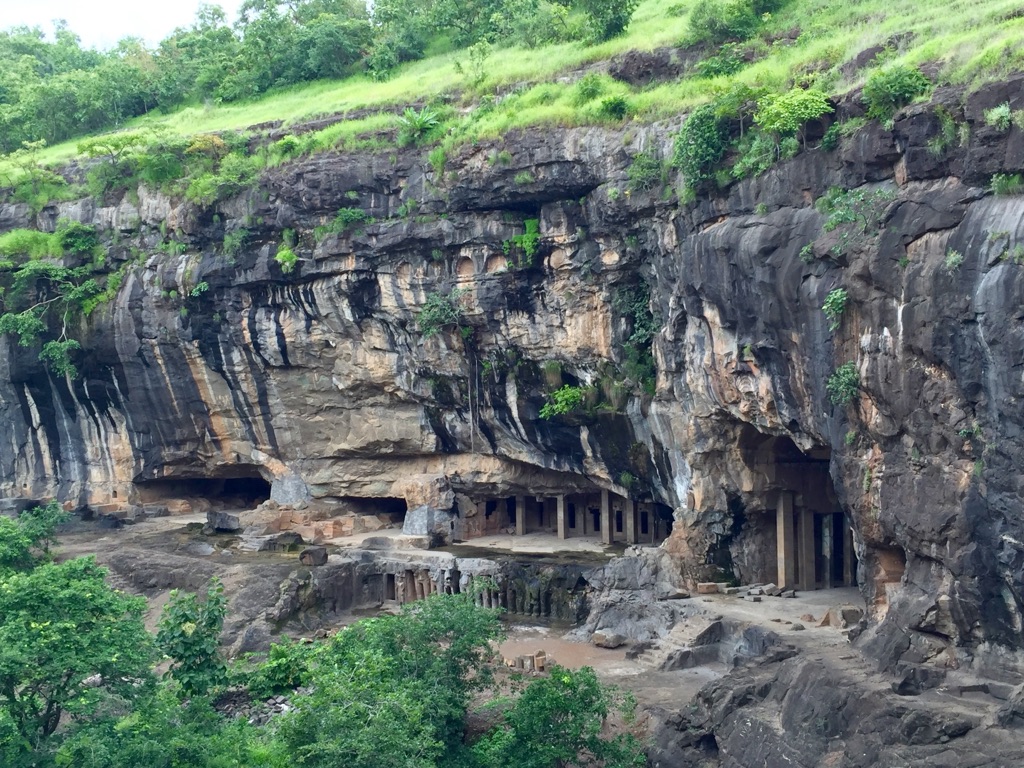
At a glance
- Country: India
- Civilization: Unknown
- Age: 2nd century BCE to 5th century CE

